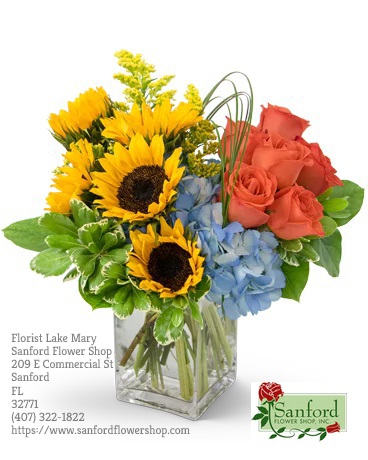
Styles, Elements and Principles of Floral Design.
For this series, we will discuss the basic aspects of creating floral arrangements. We'll also dive into the features of designing and putting together flower arrangements.
In Part 1, we talked about the know-hows in processing, storing, and maintaining flowers. In Part 2, we went into the typical flowers and plants used for decor. We also tackled how-tos in crafting beautiful arrangements in an efficient way.
Here in Part 3, we'll combine everything we learned into a simple and useful guide. We'll discover the origins of floral design all the way to modern forms today. As budding Florist, you'll find everything you need to know right here!
Interested in programs on designing Floral arrangement? We recommend schools like the American Institute of Floral Designers (www.aifd.org). We also encourage you to check out the Society of American Florists (www.safnow.org).

Several styles of floral design came about from distinct cultures around the world. Plenty of florists continue to practice these traditions in fresh and relevant ways.
The first key style of floral design is the Oriental style. It highlights the lines of the arrangement. It pursues unity and balance in blending flowers and greens.
Next is the traditional or Western style. It emphasizes the look and use of flowers as a whole. It tends towards uneven arrangements that still spur rhythm and creativity.
Coming in last is the modern floral style. It ensued as a blend of Eastern and Western styles. It draws from the form and lines of the Oriental style. But it also allows florists to show their creative taste through unique design.
As florists, we have our favorite styles. Our customers also have different tastes and needs. But for every arrangement, every florist needs to include a few basic elements. With this, you can create high-quality bouquets that still fit your client's demands.
Here is the list of important factors to keep in mind:.
Every design sets out with developing a visual and theme. Are you going for a chic finish or a rustic appeal? Should your bouquet have a showy look or a muted one? It's important to consider these questions before creating your arrangement.
These two elements come hand in hand when you plan floral arrangements. They're especially effective when you prepare for large parties and venues.
Proportion refers to the relationship between the sizes of elements in your design. This involves your flowers, plants, and vases.
Scale refers to the placement of your flowers in the desired space. For instance, will your arrangement serve as a centerpiece for a table or decor for the entire venue? This will help you consider if your design fits the space where you place it.
This principle focuses on the form and structure of your floral design. Whatever your desired style is, each arrangement must have a sense of balance.
To achieve this, your bouquet should have an element of equal color, texture, or weight on each side. Flowers and accessories need to balance each other well in creative ways.
This element brings life to your design! It creates flow and movement that captures attention. It's all about aligning flowers based on their shape and form. This way, it pulls the eye to the center of the design all the way to its edges.
Main flowers are the stars of your show! They serve as the heart of your design. This is where accents and foliage seem to spring from, creating a stunning illusion.
This principle is about bringing focus to your main flowers. You can create emphasis by contrasting colors and varieties of flowers. This means you pick accents and foliage to complement the main blooms!
Every floral arrangement needs to be relevant to the event and theme. It must ensure a harmonious blend of various colors. It also needs to look unified with its vase and placement.
For a more detailed manual on the use of color and design in floristry, see our next article!